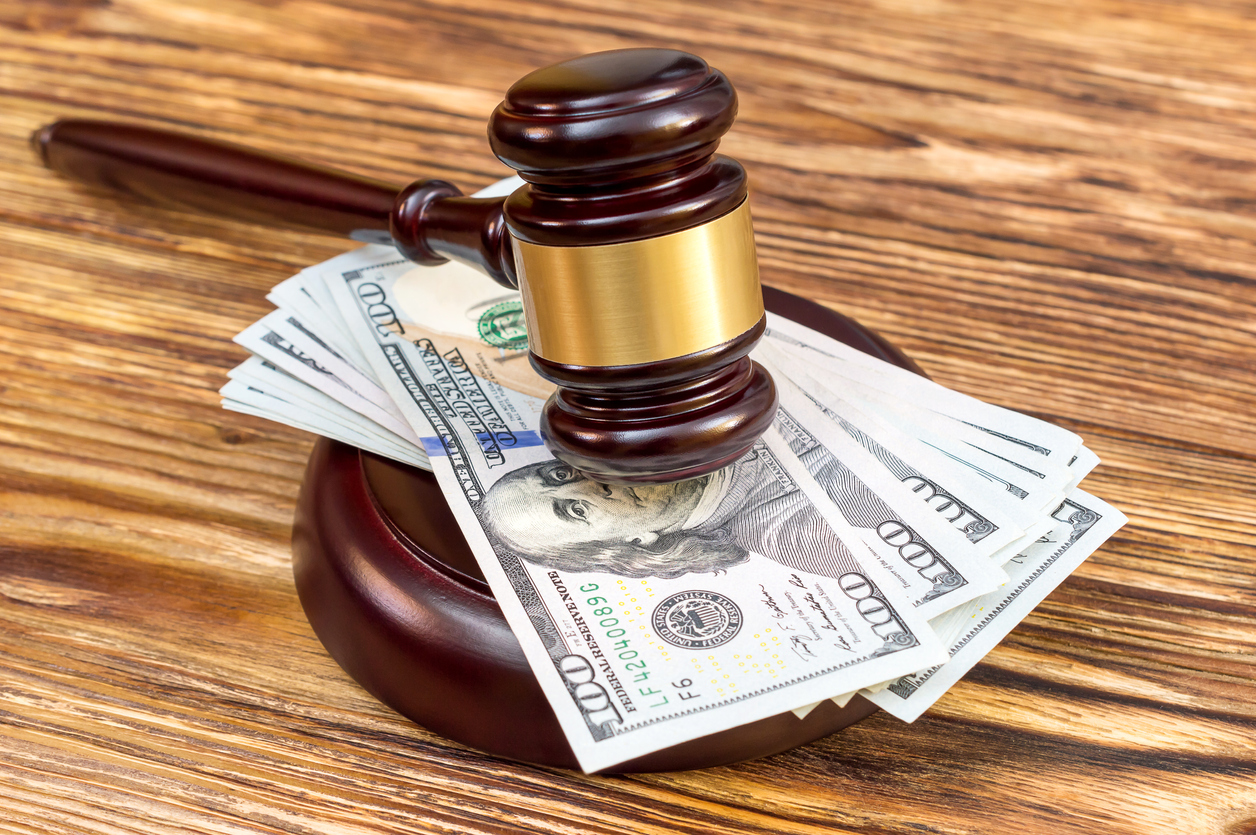In Minnesota’s legal landscape, punitive damages are a crucial yet often overlooked tool that can tip the scales in litigation. Beyond compensating victims, punitive damages are awarded to punish particularly egregious behavior and deter similar conduct in the future. They can also provide a powerful bargaining chip for attorneys seeking to achieve favorable settlements or outcomes in court. This article will explore the role of punitive damages in Minnesota, how they work, and how they can be strategically employed to exert leverage in a lawsuit.
Understanding Punitive Damages in Minnesota
Punitive damages, also known as “exemplary damages,” are not automatically granted in Minnesota lawsuits. Under Minnesota Statutes §549.20, punitive damages may be awarded when the plaintiff can demonstrate that the defendant’s actions were not only negligent but also showed “deliberate disregard” for the rights or safety of others. Unlike compensatory damages, which aim to make the injured party whole, punitive damages seek to penalize the defendant for willful or reckless misconduct.
In Minnesota, punitive damages are generally awarded in cases involving intentional misconduct, fraud, or other behavior that rises to the level of moral culpability. To secure punitive damages, a plaintiff must clear a high evidentiary hurdle, showing by clear and convincing evidence that the defendant acted with an intentional disregard for others’ rights or safety. This is often done by introducing evidence of the defendant’s knowledge of the risk involved and their choice to disregard it.
The Impact of Punitive Damages on Settlement Negotiations
When punitive damages are added to a complaint, they can fundamentally shift the dynamics of a case. Because punitive damages have the potential to be significantly higher than compensatory damages, they can create a strong incentive for defendants to settle rather than risk a high-stakes trial. Here’s how punitive damages can amplify a plaintiff’s leverage in Minnesota:
Raising the Stakes: The possibility of a punitive damages award can exponentially increase the financial exposure for the defendant. This potential can be particularly unsettling for corporate defendants or individual defendants with reputational concerns. Facing punitive damages may drive a defendant to settle earlier, often for a higher amount than they would if compensatory damages were the sole remedy.
Deterring Litigation Tactics: Knowing that punitive damages could be on the table may discourage defendants from employing aggressive litigation tactics, such as prolonged discovery or dilatory defenses. This is particularly true in cases where the defendant’s misconduct is well-documented. By introducing a claim for punitive damages, attorneys can signal to the defense that they’re prepared to present a compelling case before a jury, which may lead to more reasonable settlement offers.
Increasing Jury Sympathy: Cases involving punitive damages inherently highlight the defendant’s misconduct, which can sway juror sympathies and lead to a more favorable outcome for the plaintiff. If a case goes to trial, the potential for punitive damages can bolster the plaintiff’s ability to persuade a jury of the severity of the harm caused. Even if a case ultimately settles, the presence of punitive damages as a possibility can frame the narrative in a way that benefits the plaintiff’s case.
How to Seek Punitive Damages in Minnesota
Securing punitive damages in Minnesota involves a unique procedural step. Initially, a plaintiff must file their lawsuit without including a claim for punitive damages. Once discovery is underway and there is sufficient evidence of the defendant’s egregious conduct, the plaintiff can make a motion to amend the complaint to add punitive damages. This motion must be supported by affidavits and evidence showing a prima facie case for punitive damages—meaning, the evidence presented, if unchallenged, would be enough to warrant punitive damages.
Minnesota courts strictly review these requests, meaning that a successful motion can send a powerful signal to the defense. The court’s permission to amend the complaint to add punitive damages increases the pressure on the defendant, who now faces the added risk of a significant punitive damages award. This added layer of risk can prompt settlement discussions, often with the plaintiff holding a stronger negotiating position.
Case Examples of Punitive Damages in Minnesota
Minnesota courts have awarded punitive damages in a variety of cases, from corporate misconduct to intentional personal injury cases. For instance:
Fraud: When defendants engage in deliberate fraud to deceive consumers or other parties, punitive damages can be sought to hold the defendant accountable and discourage future fraud.
Personal Injury: Cases involving drunk driving or reckless endangerment often see punitive damages awarded as a deterrent for reckless conduct that endangers public safety.
Monopolization: When a business intentionally prices a product below cost in an unlawful attempt to monopolize a market, punitive damages may be a way to punish this willful indifference to a competitor’s right to compete in a marketplace free from illegal interference.
Defamation: A person who makes a false statement of fact that damages another’s reputation may be liable for punitive damages when the statement shows willfulness and indifference to another’s rights. If the statement meets the legal definition of defamation per se (such as a statement regarding the victim’s profession) punitive damages may also be allowed.
Legal Malpractice: A claim for legal malpractice may support a claim for punitive damages if the attorney’s conduct rises to the level of deliberate disregard for the client’s rights.
Whistleblowers: Minnesota law protects employees who report violations of law in good faith to an employer or the government. This protection also covers public employees or employees who report issues with the quality of health care. Punitive damages may be permitted in these cases if the barred conduct demonstrated deliberate indifference for the rights of the employee.
These cases illustrate how punitive damages, when awarded, reinforce a culture of accountability. By holding wrongdoers responsible for intentional misconduct, punitive damages support broader social goals while also incentivizing fair settlement offers during litigation.
Leveraging Punitive Damages Strategically
For attorneys, punitive damages are more than just a financial tool—they represent a strategic approach to securing justice for clients. By positioning a case for punitive damages, attorneys communicate to opposing counsel that they are prepared to highlight and penalize severe misconduct. This can lead to better settlement offers, more favorable litigation outcomes, and, ultimately, stronger advocacy for clients.
In summary, punitive damages hold immense potential in Minnesota’s litigation landscape. They raise the stakes, shift the dynamics of negotiation, and strengthen a plaintiff’s leverage at the settlement table. For those involved in serious litigation, understanding the power of punitive damages—and knowing when and how to seek them—can be the difference between a nominal recovery and a transformative result.


